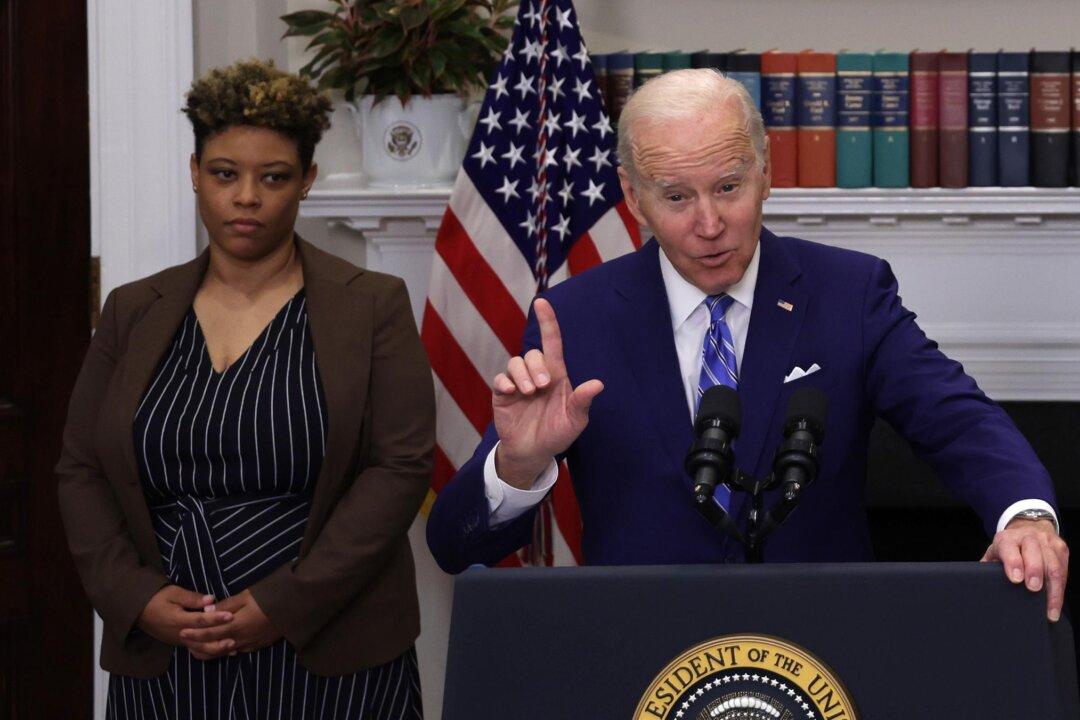After nearly two years in power, the Biden administration has pushed forth regulations that will cost Americans hundreds of billions of dollars and require an army of bureaucrats to crunch the related paperwork, according to a tally by the conservative American Action Forum (AAF).
The first two years of an administration usually see a quieter regulatory climate, since it takes time to draft and implement new rules, according to Dan Bosh, AAF’s director of regulatory policy.





